The Neighborhood Gardener November 2024
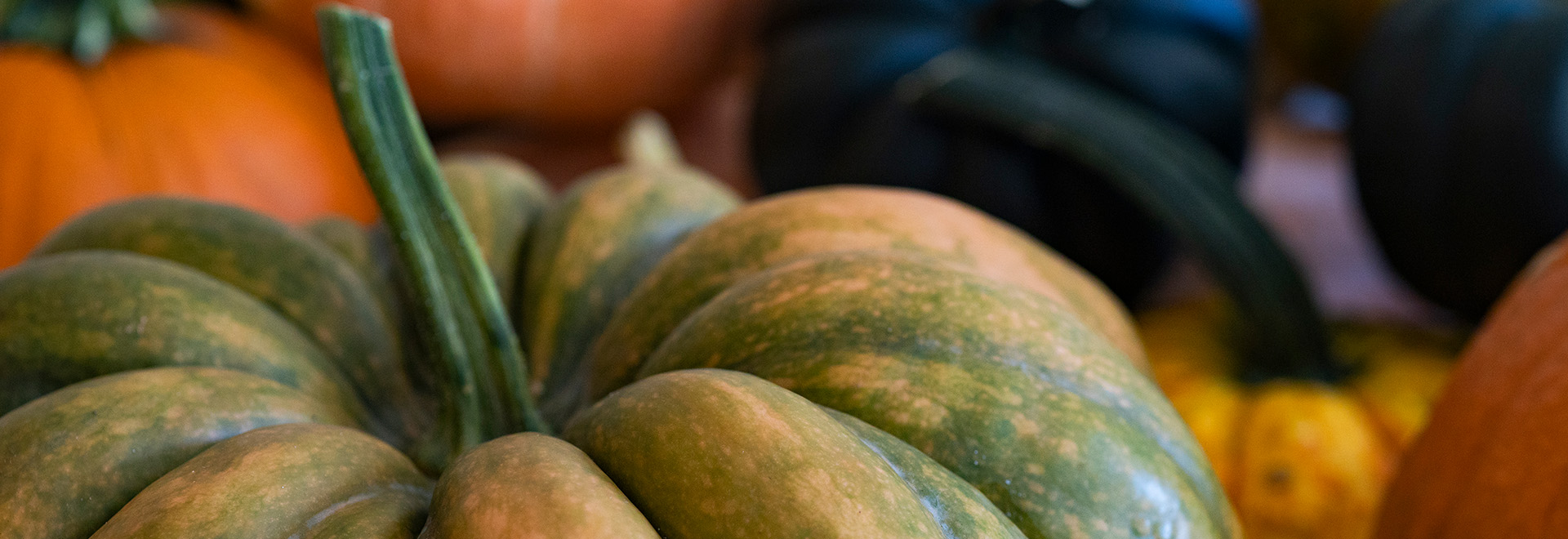
Veteran’s Day is Monday, November 11. We thank those who served and hope all have a happy Thanksgiving.
Wildlife-Friendly Winter Gardens
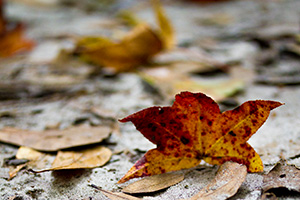
Even with our mild winters, some plants experience a dormant period where they appear dried and brown. There is a tendency to cut back these plants, but the branches, stems, leaves, and seed pods provide habitat and food during the winter for many wildlife species. This plant material supports pollinators and beneficial insects by creating spaces for refuge. Before “tidying up” your garden this winter, consider the benefits in allowing natural processes to take course. We have suggestions on creating a wildlife-friendly winter garden.
Snowbird Swaps
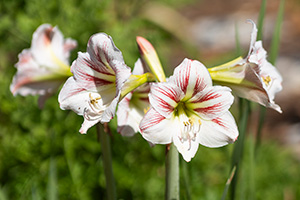
Many “snowbird” gardeners new to the Sunshine State attempt to grow their favorite northern plants—such as hostas, lilacs, tulips, dahlias, and peonies—in their Florida landscape. Much to the frustration of these gardeners, such plants don’t fare well in our hot summers and mild winters. For example, hostas must reach temperatures below 45 degrees Fahrenheit for a minimum number of hours in the winter, and tulips require a period of cool dormancy. Lilacs, dahlias, and peonies are ill-suited for our summers’ high temperatures and humidity. To avoid these challenges, here are some attractive, hardy plant alternatives destined to be more successful in Florida.
Invasives Update from IFAS Assessment

Non-native, invasive plant species pose a significant threat to Florida’s natural areas. The UF/IFAS Assessment of Non-native Plants in Florida’s Natural Areas team uses research-based tools to predict the invasion risk of both nonnative plants already in Florida and species proposed for introduction. New plants are identified every year. The assessment team communicates when plants are now considered as high risk of invasion, meaning they are not yet considered established in Florida, but are predicted to become invasive. Gardening Solutions shares some of the plants recently listed as a concern.
Wendy’s Wanderings
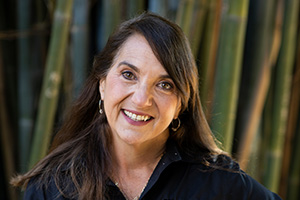
“Use it up, wear it out, make it do, or do without.” This proverb often comes to mind during garden projects, especially when I’m tempted to dash off to the big orange or blue store for the “perfect” tool or material. If I snap the handle off a shovel or my fountain pump breaks (again), yes, I might head to the store. But more often than not, I embrace the challenge to “make do” with what I already have. Read on for more of Wendy’s favorite ways to creatively “make do.”
Plant of the Month: Native Grasses
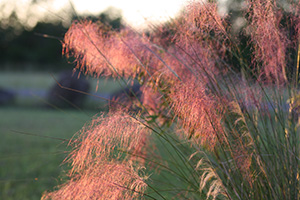
The sound of grass rustling in the breeze can put anyone at ease. Florida’s native ornamental grasses not only work well in our climate, they’re also an excellent option for filling up large areas with vegetation. Most species require little maintenance, and some tolerate flooding or provide ecosystem services such as erosion control. Gardening Solutions shares a selection of grasses native to Florida that can add both charm and volume to your landscape.
November in Your Garden
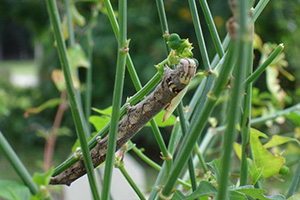
Growing poinsettias outside? Watch for hornworms. This pest can quickly defoliate a plant. Handpick or treat only the infested area. Bulbs to plant this month include amaryllis and crinum. Divide and replant overgrown perennials now so that they establish before the coolest weather arrives. The landscape needs less supplemental watering in the fall and winter, so turn off automatic systems and water only if needed.
For more month-by-month gardening tips, check out the Florida Gardening Calendar. Three different editions of the calendar provide specific tips for each of Florida’s gardening regions—North, Central, and South.
What’s Going On?
If your Master Gardener Volunteer program or Extension office is having an event, be sure to share it with us.
